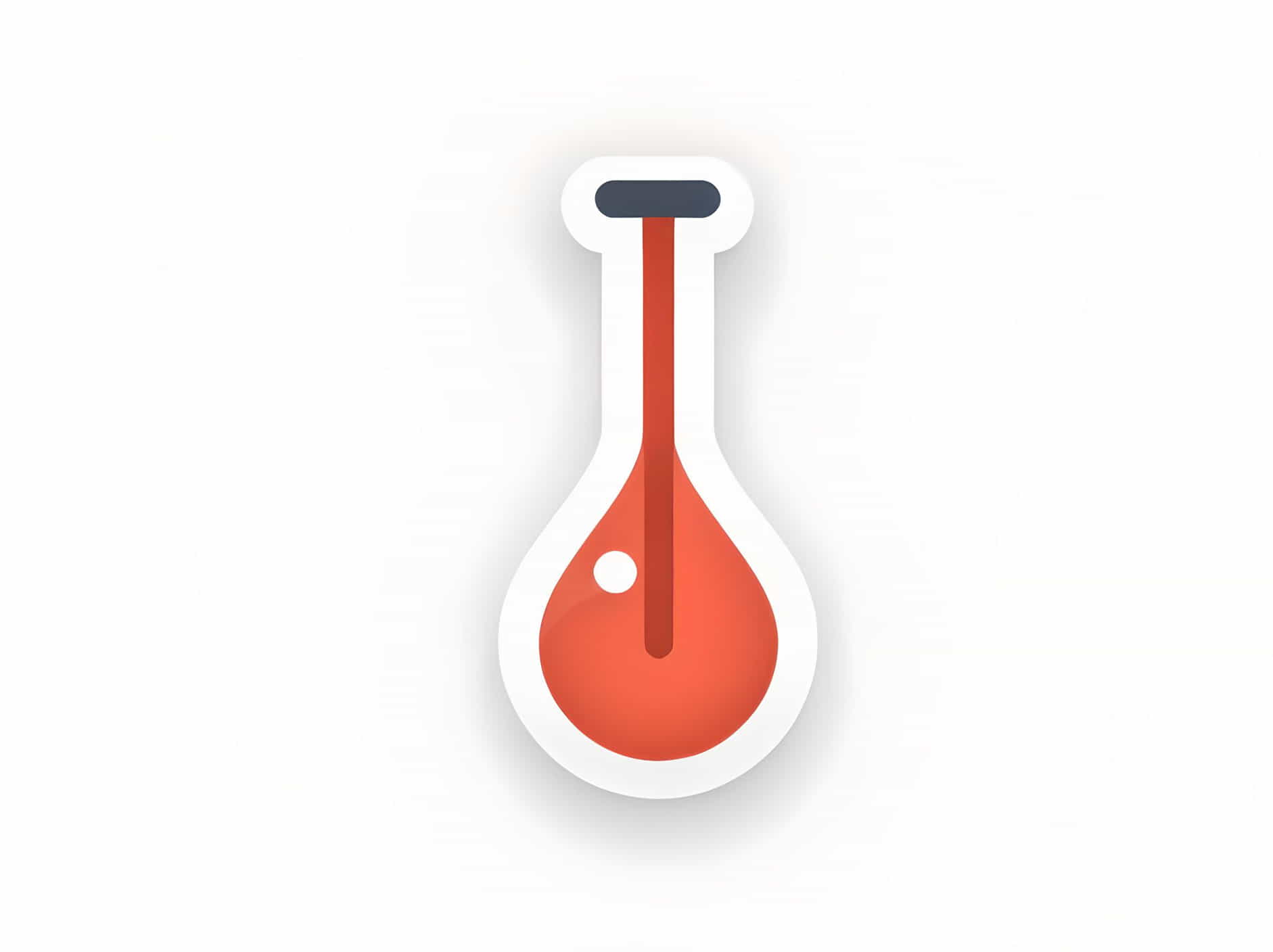
Understanding Blood Flow Regulation: Constriction and Dilation Mechanisms
Blood flow regulation is a complex physiological process crucial for maintaining health and proper bodily function. It involves mechanisms of constriction and dilation in blood vessels, which play a pivotal role in adjusting blood flow to meet the body’s metabolic demands. This article explores how blood flow regulation works through constriction and dilation, the factors influencing these processes, and their implications for cardiovascular health.
Mechanisms of Blood Flow Regulation
Blood flow regulation primarily occurs through the coordinated action of smooth muscle cells in blood vessel walls, responding to various physiological signals:
-
Vasoconstriction:
-
Definition: Vasoconstriction refers to the narrowing of blood vessels due to contraction of smooth muscle cells in their walls.
-
Function: It reduces blood vessel diameter, thereby increasing vascular resistance and reducing blood flow to specific tissues or organs.
-
Regulation: Hormonal signals (e.g., adrenaline, angiotensin II), neural signals (sympathetic nervous system activation), and local factors (e.g., low oxygen levels, cold temperatures) trigger vasoconstriction.
-
-
Vasodilation:
-
Definition: Vasodilation involves the relaxation of smooth muscle cells in blood vessel walls, leading to an increase in vessel diameter.
-
Function: It decreases vascular resistance, allowing for increased blood flow to tissues and organs, thereby delivering oxygen and nutrients.
-
Regulation: Factors such as nitric oxide release, metabolic byproducts (e.g., adenosine), and local temperature changes promote vasodilation to meet increased metabolic demands.
-
Role of Vasoconstriction and Vasodilation in Health
Proper regulation of vasoconstriction and vasodilation is crucial for maintaining cardiovascular health and overall physiological balance:
-
Blood Pressure Regulation: Vasoconstriction helps regulate blood pressure by increasing resistance, while vasodilation lowers blood pressure by decreasing resistance and enhancing blood flow.
-
Tissue Perfusion: Dynamic adjustments in blood vessel tone ensure adequate oxygen and nutrient delivery to tissues during rest, exercise, and recovery periods.
-
Temperature Regulation: Vasoconstriction conserves body heat by reducing blood flow to the skin and extremities in cold environments, while vasodilation promotes heat dissipation in warmer conditions.
Factors Influencing Blood Flow Regulation
Several factors influence the balance between vasoconstriction and vasodilation:
-
Hormonal Control: Hormones like adrenaline, angiotensin II, and endothelin regulate vascular tone by promoting vasoconstriction in response to stress or metabolic demands.
-
Autonomic Nervous System: Sympathetic nerve signals trigger vasoconstriction, whereas parasympathetic signals promote vasodilation, contributing to the body’s response to stress and relaxation.
-
Local Factors: Tissue-specific factors such as oxygen levels, carbon dioxide levels, pH changes (acidosis or alkalosis), and metabolic byproducts directly influence vascular tone at the local level.
Clinical Implications and Disorders
Imbalances in blood flow regulation can contribute to various cardiovascular disorders and health conditions:
-
Hypertension: Chronic vasoconstriction contributes to high blood pressure, increasing the risk of heart disease, stroke, and other cardiovascular complications.
-
Raynaud’s Disease: Excessive vasoconstriction in response to cold or stress can lead to reduced blood flow and color changes in extremities (Raynaud’s phenomenon).
-
Vasodilatory Shock: Inadequate vasoconstriction or excessive vasodilation can result in severe drops in blood pressure (shock), impairing tissue perfusion and organ function.
In conclusion, blood flow regulation through vasoconstriction and vasodilation is essential for maintaining cardiovascular health and supporting physiological functions across various body systems. The intricate balance between these mechanisms ensures efficient oxygen delivery, nutrient supply, and temperature regulation to tissues and organs. Understanding the factors influencing blood vessel tone, their regulatory pathways, and clinical implications underscores the importance of maintaining vascular health through lifestyle modifications, medical interventions, and ongoing research into cardiovascular physiology. As research continues to advance, insights into blood flow regulation provide valuable opportunities for improving treatment strategies and enhancing overall cardiovascular well-being.